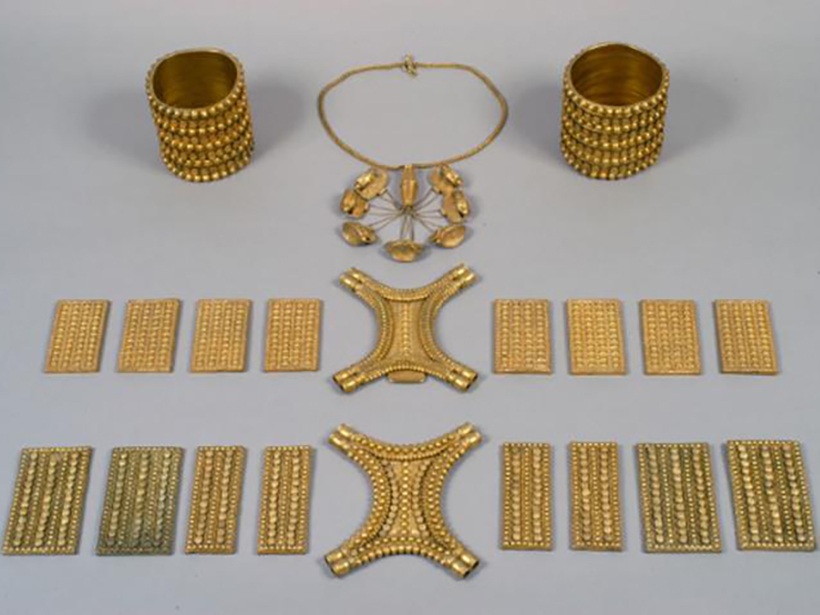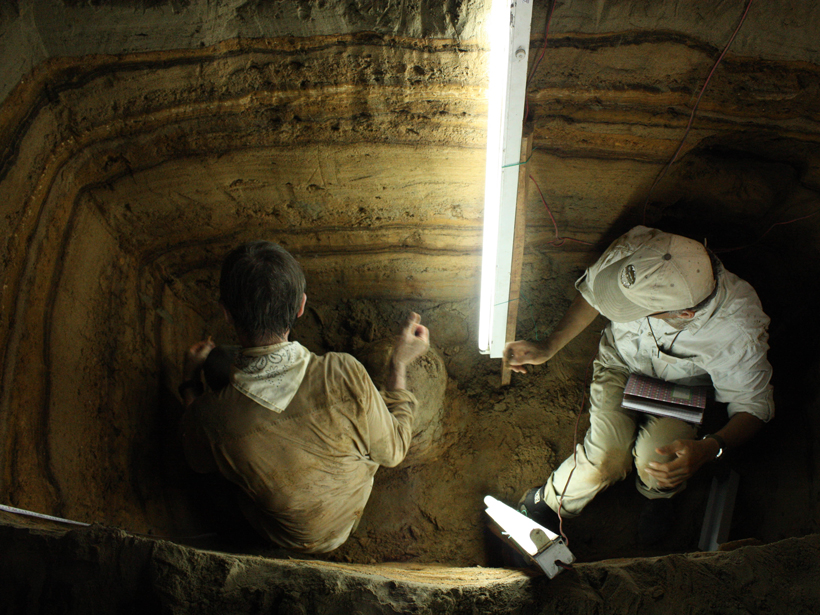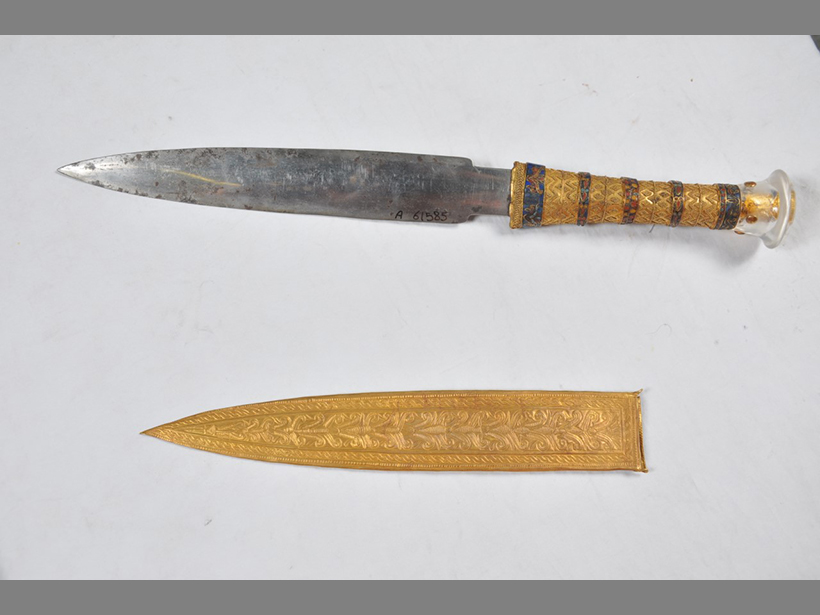Blending geoscience and archaeology, researchers apply a new technique to pinpoint where ancient and unique gold artifacts were crafted.
archaeology
Posted inNews
Boiled or Raw, Snail Shells Keep an Environmental Archive
Snail shells discovered at archaeological sites might still accurately record past weather and vegetation despite being the leftovers of a past meal.
Posted inNews
Caribbean Sediment Traced to 1755 Portuguese Quake and Tsunami
Archaeologists digging in Martinique chanced upon the first tsunami deposit from the earthquake found in the New World. The tsunami left a strong trace, it seems, because the wave went up a river.
Posted inNews
Indonesian Cave Reveals Nearly 5,000 Years of Tsunamis
Researchers explore a coastal cave containing layers of sand deposited by 11 prehistoric tsunamis and demonstrate that the time period between massive waves is highly variable.
Posted inNews
Pharaoh's Iron Dagger Made from a Meteorite, Study Confirms
After examining the metal under bombardment by X-rays, scientists find the composition of King Tutankhamun's knife blade matches "iron of the sky."





